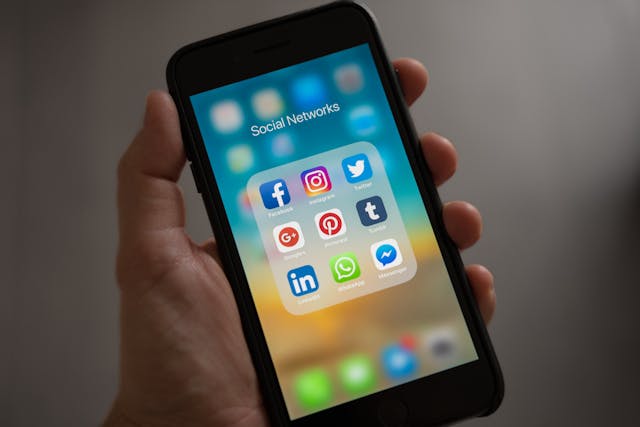
If your eyes start watering halfway through your workday, or you feel drained after hours on your laptop, you’re not alone. Eye fatigue and dryness have become a daily struggle for people who work from home or spend long hours on digital devices.
This isn’t just a passing discomfort. It’s a condition with a name: digital eye strain, also known as computer vision syndrome. And for many, it’s impacting productivity, comfort, and quality of life.
This guide breaks down what’s going on, why your eyes react this way, and what you can do to feel better.
What Is Digital Eye Strain?
Digital eye strain refers to the discomfort or vision problems caused by extended screen time. It happens when your eyes work harder to focus on digital content, especially in poor lighting or without regular breaks.
Common symptoms include:
- Watery or dry eyes
- Blurred vision
- Headaches
- Eye fatigue or soreness
- Trouble focusing after screen time
Why Do Screens Cause Watery Eyes?
It might seem odd, but watery eyes are often a sign of dryness. When you stare at a screen, your blink rate drops by as much as 50 percent. Less blinking means less moisture and fewer protective tears.
In response, your body may overproduce tears to compensate. But these reflex tears are often too watery to offer real relief, and they evaporate quickly—leaving your eyes irritated and tired.
Other Common Causes of Screen-Related Fatigue
Alongside reduced blinking, screen-related eye fatigue can be triggered by:
- Glare from windows or overhead lights
- Poor screen distance or height
- Uncorrected vision problems
- Long periods of close-up focus without breaks
Simple Ways to Reduce Digital Eye Strain
The good news is that digital eye strain is manageable. These small changes can make a big difference:
1. Use the 20-20-20 Rule
Every 20 minutes, look at something 20 feet away for 20 seconds. This helps relax your eye muscles and reset your focus.
2. Blink More Often
Make a conscious effort to blink fully, especially during long work sessions. Blinking helps rehydrate your eyes and prevent surface irritation.
3. Adjust Your Screen Setup
- Position your screen an arm’s length away and slightly below eye level
- Minimize glare with screen filters or softer lighting
- Avoid staring into bright backgrounds or strong overhead light
4. Try Blue Light Coatings
Blue light filtering lenses can reduce glare and eye strain, particularly in lower-light environments. They may help with contrast and focus without affecting sleep the way screens sometimes do.
5. Use Artificial Tears
Lubricating eye drops can provide immediate relief for dryness. Choose preservative-free options for frequent use, and consider dry eye evaluations if symptoms persist.
When Symptoms Persist
If your discomfort continues despite these adjustments, you may need a more tailored solution. Chronic symptoms could point to underlying dry eye disease, an outdated glasses prescription, or strain from over-focusing on near objects.
A comprehensive eye exam can help identify the root cause and guide you toward the right treatment or correction options.


